I would like to share my work on a 1:32 scale airplane from my collection with you, a french machine from the early years of the First World War, the Caudron G III from CSM (Copperstate Models).
The Caudron G III was a one-and-a-half decker, which was used as a two-seater reconnaissance and artillery observation aircraft from 1914 to around 1916.
My model is equipped with a radio that seems archaic today. From mid-1916, this type was withdrawn from the French front line units. It had a 54 kW (80 hp) Clerget or
Gnôme-Rhône rotary engine, which enabled it to reach a top speed of 115 km/h. 2450 G IIIs were built in France, but it was also used by many other air forces.
The construction begins with the interior of the cockpit and has his pitfalls because of the radio. Everything has to be painted beforehand because you can't get to it later.
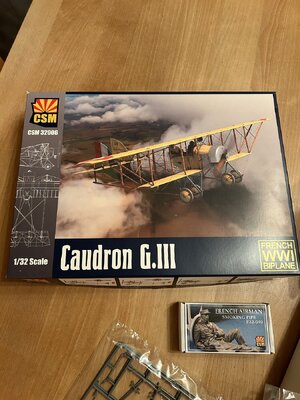
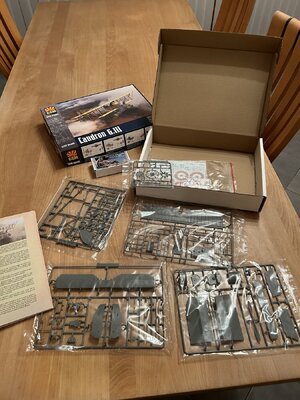
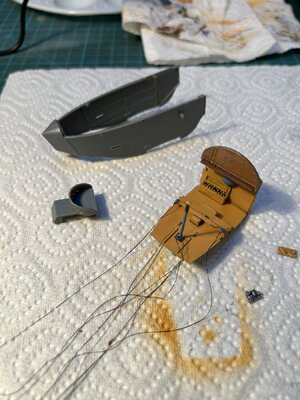
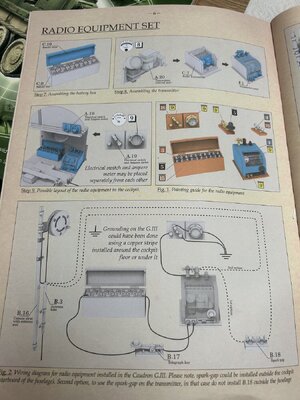
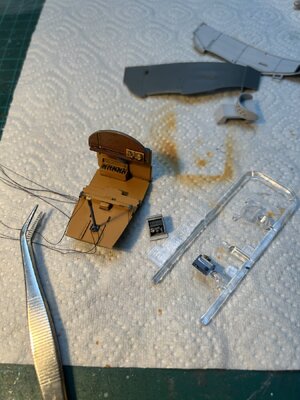
to be continued.
The Caudron G III was a one-and-a-half decker, which was used as a two-seater reconnaissance and artillery observation aircraft from 1914 to around 1916.
My model is equipped with a radio that seems archaic today. From mid-1916, this type was withdrawn from the French front line units. It had a 54 kW (80 hp) Clerget or
Gnôme-Rhône rotary engine, which enabled it to reach a top speed of 115 km/h. 2450 G IIIs were built in France, but it was also used by many other air forces.
The construction begins with the interior of the cockpit and has his pitfalls because of the radio. Everything has to be painted beforehand because you can't get to it later.





to be continued.
Last edited:




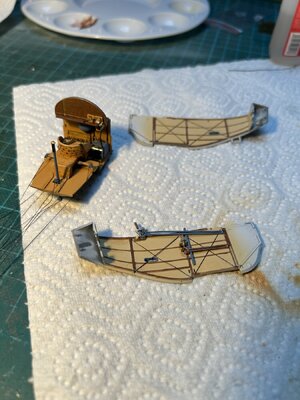
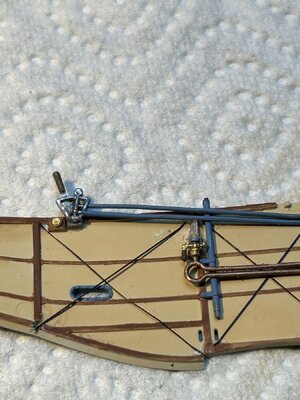
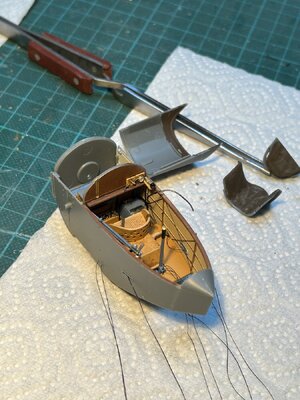
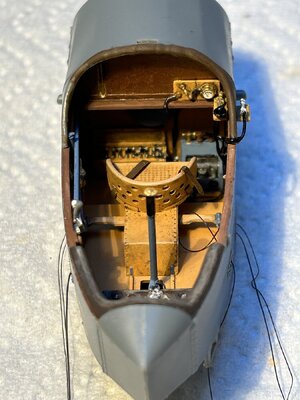
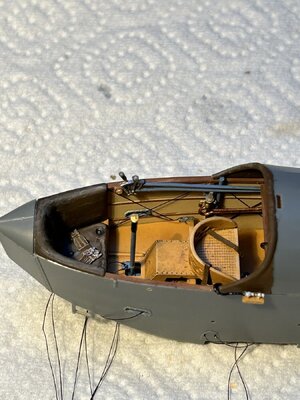
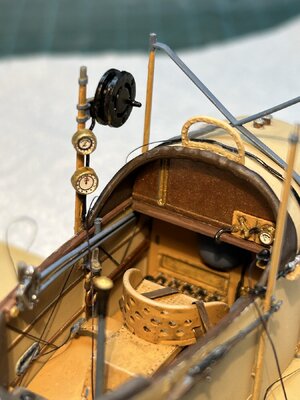
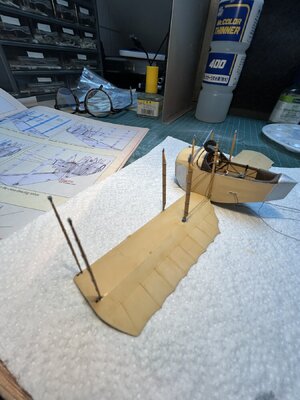
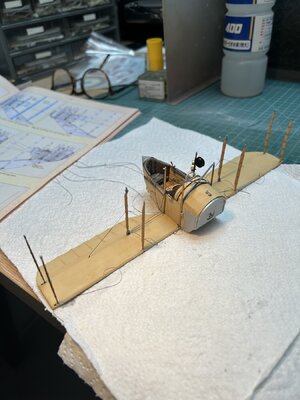
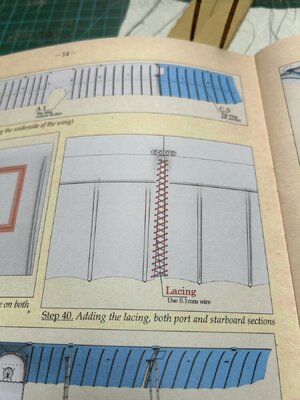
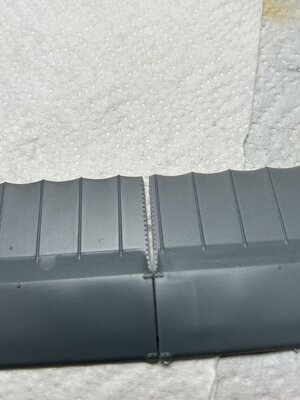
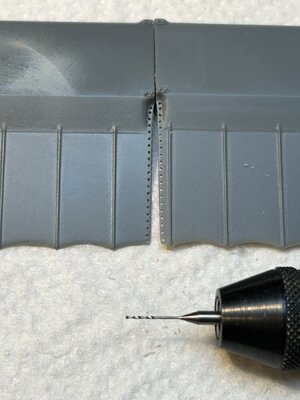
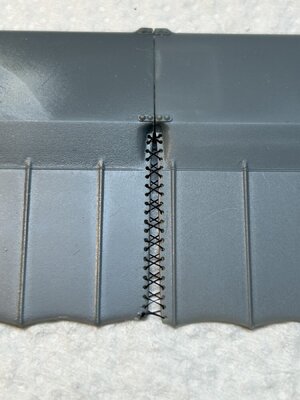
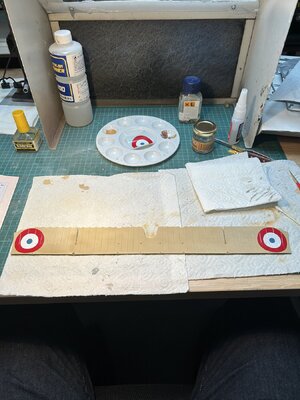
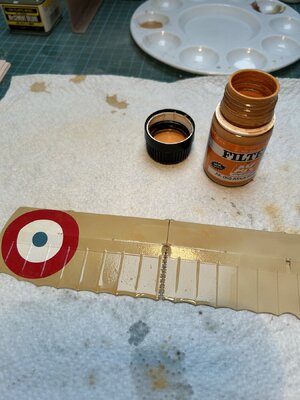
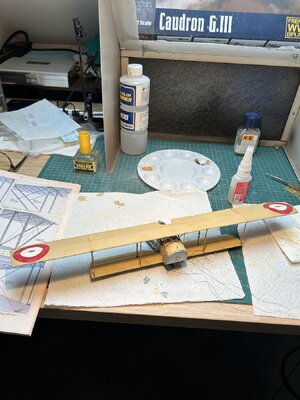
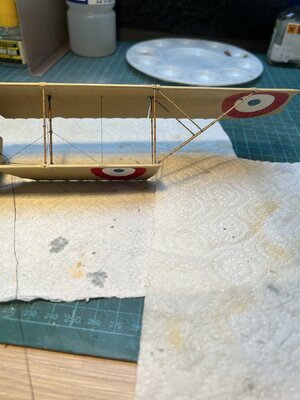
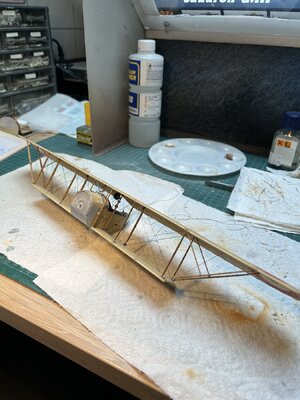
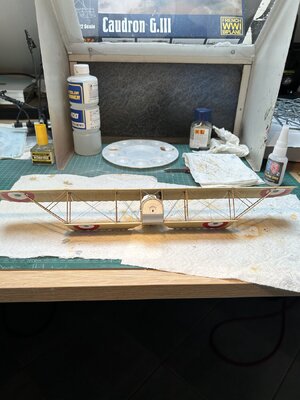

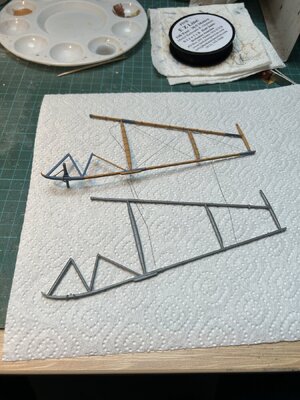
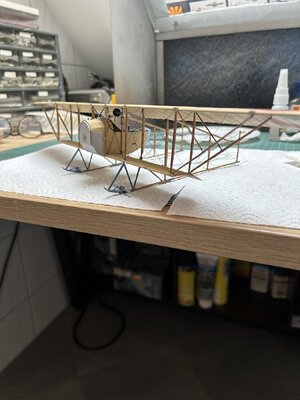
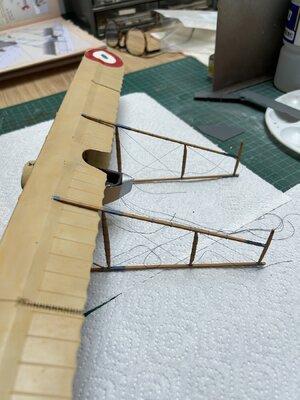

 .
. or two
or two